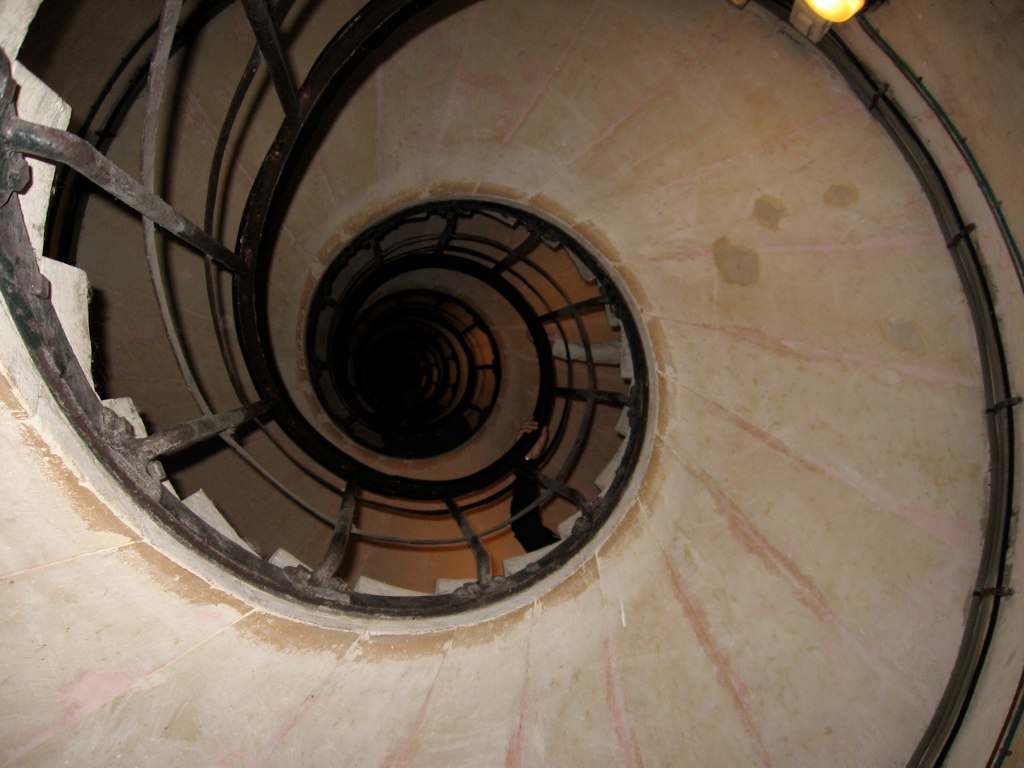
There is one other related perspective on the human condition and specifically human dysfunction (psychopathy) to be identified in our brief foray into Asian cultures and practices. This perspective brings us specifically into the spiritual world—but it differs dramatically from the way spirituality is engaged in the Western world. Psychopathy results, in this school of thought, from the interruption of the soul’s transmigration. This interruption can be blocked by faulty perception (manas) (the kind of blocking that Warrior and Lim address). It also can be blocked, as I noted above, by inappropriate and ineffective breathing (prana). In many Asian traditions, breath representing the living force (or soul). In the West, we see the hints of a similar equation of breath with soul in not only Judaic culture but also in the contemporary ritual of saying “God bless you” or Gesundheit” (German for “health”) when someone sneezes. While this ritual does not come formally from the Christian Church, it is based on a very ancient belief that the sneeze represents the potential exit of evil spirits from one’s body – or more negatively the exit of some small portion of one’s inner soul.
Conclusions
The critical point to be made about this second assumptive world is that psychopathy is assumed to be based on an internal warfare within the human body. It is not caused by some evil external agent—but is instead a product of the practices in which human beings engage. In this sense, the Asian perspectives on psychopathy can be said to be “humanistic” and the treatment of this pathology (like the treatment of any physical illness) takes place through the altering of one’s behavior and often through the introduction of certain contemplative practices. Internal locus of control abounds, reinforced by strong cultural traditions and deeply held religious and philosophical beliefs. The Asian perspectives offered by Warrior and Lin expand even further on this alternative way to conceive of (and “treat”) psychopathy. I invite you to turn to their essay.






